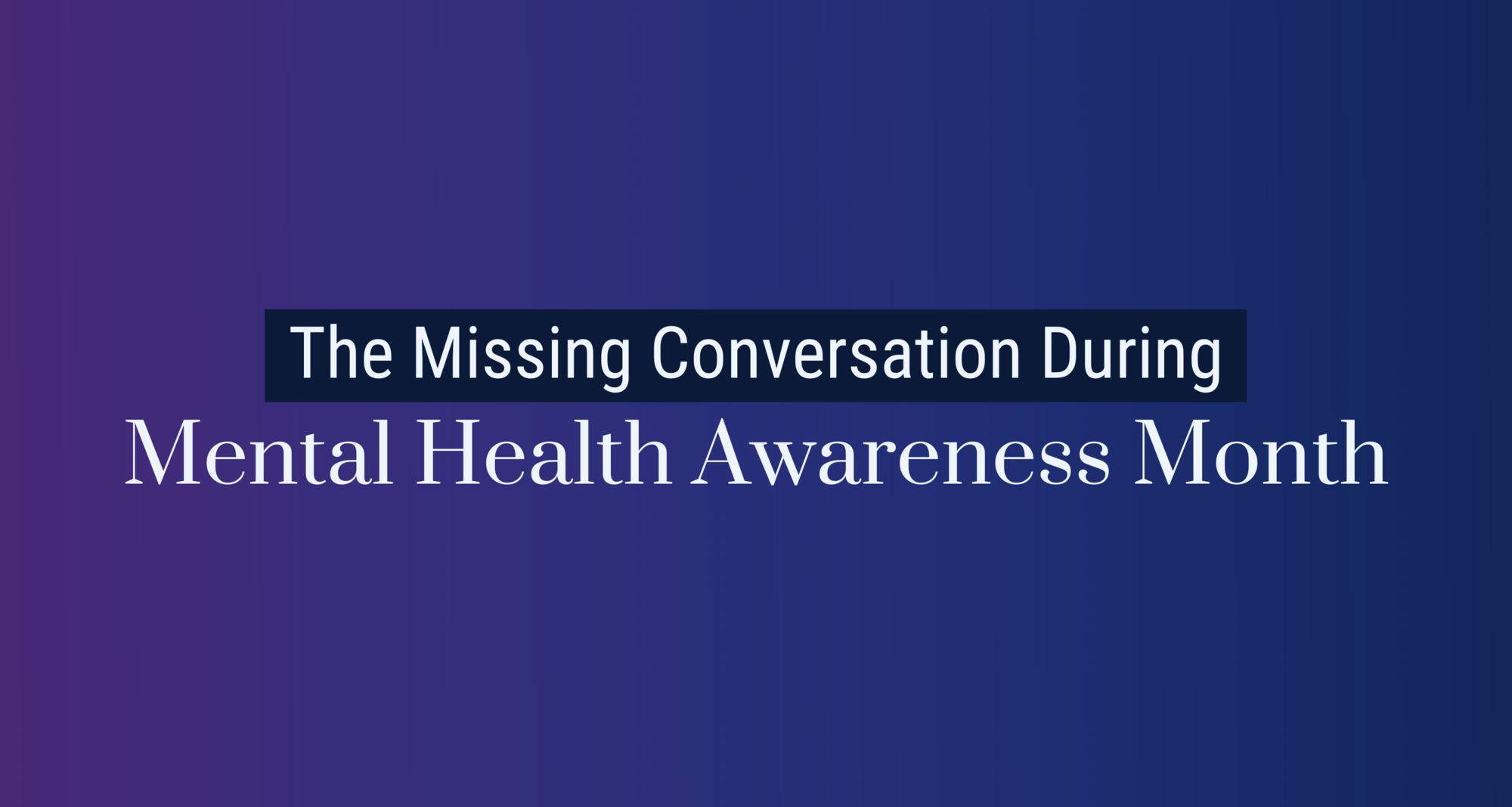Mental health/mental health disease is different than mental well-being.
As I work with teams and companies who want to address the mental health crisis, I notice mixed messaging and confusion in both the individual health and corporate wellness marketplace.
Dr. Romie Real Talk:
Bottom line, an app that helps you journal gratitude or meditate is not the answer to diagnosing and treating PTSD, depression, bipolar disease, and anxiety disorders.
Mental Well-being
Mental well-being is an indicator of how good you feel about your life.
Mental well-being, in general, is the state of thriving in various areas of life, such as in relationships, at work, play, and more, despite ups and downs. It’s the knowledge that we are separate from our problems and the belief that we can handle those problems.
- Building emotional resilience
- Learning how to cultivate happiness
- Finding life purpose
- Living in gratitude
Five activities that boost well-being:
- Connecting with other people
- Be physically active
- Learn new skills
- Give to others
- Pay attention to the present moment (power of pause/mindfulness)
Commonly advertised apps and tech are primarily about boosting mental well-being.
- Meditation apps like Headspace, Insight Timer, & Calm
- Programs on Virgin Pulse
- Exercise, yoga, & stretching classes online & in apps
Mental health & Mental Disease
Mental health includes our emotional, psychological, and social well-being. It affects how we think, feel, and act. It also helps determine how we handle stress, relate to others, and make choices. Mental health is important at every stage of life, from childhood and adolescence through adulthood. Mental Health Disease includes a wide range of conditions that affect mood, thinking, and behavior.
- 1 in 5 U.S. adults experience mental illness each year
- A mental health condition isn’t the result of one event.
- Research suggests multiple linking causes: genetics, environment, and lifestyle influence whether someone develops a mental health condition.
- A stressful job or home life makes some people more susceptible, as do traumatic life events.
- Biochemical processes and circuits and basic brain structure may play a role, too.
Technology and human interface with mental health and medical professionals play a significant role and will continue to improve mental health care in the United States and globally. Examples of this technology include apps and websites that offer telemedicine counseling through online sessions or text.
- Betterhelp
- Talkspace
- Regain
- MDLive
brainSHIFT at Work as a Unique Solution
We designed our brainSHIFT at Work platform to address a marketplace gap – to offer mental health care by addressing the root cause of stress and burnout and offer additional mental well-being tools.
In addition to an 8-week live program to reduce the negative brain and physical impact of stress/burnout, we have a medical intake form and request laboratory evaluation.
The companies we consult with already likely have a suite of products, and brainSHIFT is a cultural movement that helps to integrate existing apps and websites the company may already have.
Mental Health Awareness Month can be a springboard to address the growing mental health crisis that both healthcare and in the workplace must address.
